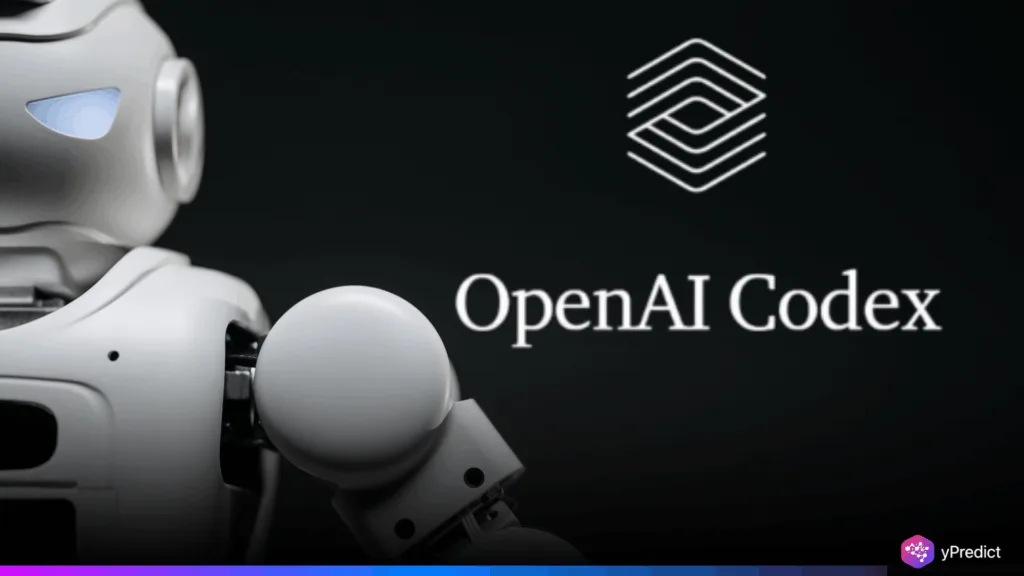
The real innovation lies in Codex image understanding, even though images can now be entered into Codex. This update aims to advance from simple OCR to accurate image intent recognition and UML interpretation.
Additionally, Codex’s development into a multimodal system relies on OpenAI’s advanced “codex-1” model, which began as a text-only coding tool. Its ability to translate schematics into usable code has the potential to revolutionize software development. Furthermore, it makes design-driven coding more intelligent and faster than ever.
Codex Image Understanding Brings AI Closer To Visual Logic
Codex uses ChatGPT’s image input support to try and determine the image intent so AI can interpret the diagram design logic. Understanding the relationships and flow within charts and user interface layouts could help this innovation streamline workflows.
Additionally, researchers have used multimodal AI to demonstrate UML-to-code conversions, though complexity frequently reduces accuracy. Thus, the real difficulty lies not in reading visual elements but in extracting structural meaning.
If Codex is successful, developers may be able to switch from manual interpretation to instant code generation from diagrams. This would be a step toward a visual-to-code transformation standard for the entire industry.
Is Codex Image Understanding The Biggest Upgrade For Coders?
The 2025 Codex makes use of the “codex-1” engine, which has been optimized for advanced multimodal capabilities. Thus, OpenAI’s dedication to image-based coding automation is reflected in this. The ChatGPT interface suggests future deployment, even though full image input integration is still in its infancy.
Additionally, preliminary testing shows that AI can produce workable scripts from UML diagrams. However, complex scenarios require more effort. Codex ensures the safe handling of visual workflows by processing tasks in secure environments. This stability demonstrates OpenAI’s preference for practical usability over experimental features.
The Future Of AI-Powered Diagram Interpretation
Image input is anticipated to become a fundamental Codex feature in upcoming updates. This could make it simple for developers to turn flowcharts, UML diagrams, and UI mockups into code that is ready for production. Furthermore, Codex will recognize architecture and logic dependencies to achieve true image intent understanding.
This could shorten development cycles and get rid of tedious coding tasks when combined with advancements in UML interpretation. If effective, these capabilities would revolutionize application prototyping and speed up delivery schedules in a variety of industries.
Is AI Coding Entering A New Multimodal Era?
Codex is transitioning from a text-only assistant to a fully vision-powered coding partner. Software development may become simpler, intuitive, and efficient with the next generation of AI tools that enable Codex image understanding. Creating executable code from diagrams is more than just automation.
Additionally, it brings in a new era of programming innovation. If OpenAI’s vision comes to fruition, coding might start with a simple sketch instead of text. This shift promises faster development, fewer errors, and an entirely new way to build applications.






